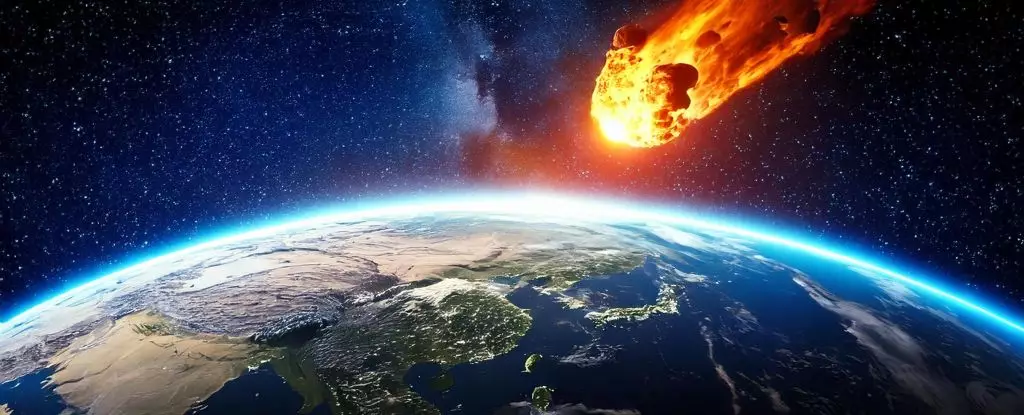For centuries, Earth has been a witness to cosmic events that have had dramatic implications for life on our planet. One imminent threat comes from asteroids, celestial bodies that can pose dangers ranging from minor disturbances to catastrophic destruction. The asteroid Bennu, a roughly hill-sized rock, has recently drawn the attention of scientists due to its potential for collision with Earth in the next century, specifically in 2182 CE, with a slim chance of 1 in 2,700. Despite this seemingly low probability, the possibility of an asteroid impact warrants serious consideration and preparation, as history has demonstrated that such events can reshape the course of life.
Although large impacts have not graced Earth since the age of the dinosaurs, this does not mitigate the real threats presented by objects like Bennu. Space is a vast environment filled with countless rocks, some of which are on collision courses with our planet. While the fear of extinction is often rooted in historical events such as the Chicxulub impact, an asteroid of Bennu’s size—500 meters—introduces its own set of risks, with impacts on climate stability, ecosystem functionality, and food security.
Recent simulations conducted by scientists at Pusan National University in South Korea provide us with a glimpse into the destructive aftermath of an impact event. These simulations, which utilized the powerful Aleph supercomputer, indicate wrought consequences following a collision with an asteroid akin to Bennu. The models suggest an injection of up to 400 million tons of dust into the atmosphere, which would trigger marked disruptions in climate patterns, atmospheric chemistry, and global photosynthesis.
As a result of the proposed impact, average global temperatures could plummet by around 4 degrees Celsius, and precipitation levels could fall by 15 percent. The long-term ramifications of such climate shifts would undoubtedly affect food crops and water supply, with an estimated initial reduction of photosynthesis in terrestrial and marine settings by 20 to 30 percent.
This abrupt impact winter would thereby disrupt global food security and complicate efforts to nourish an ever-growing population.
The harsh climatic aftermath of an asteroid impact, including significant ozone depletion projected at 32 percent, makes it evident that the greatest threat to humanity arises not from the impact itself but rather from the subsequent environmental upheaval. Such ozone depletion, as noted in previous studies, severely hinders plant life on Earth, which plays a crucial role in supporting ecosystems and human sustenance.
Nevertheless, anomalies exist. Algae, particularly marine diatoms, might exhibit remarkable resilience in the face of such adversity. Researchers have shown that these microorganisms could not only bounce back within a few months post-impact but could also thrive thanks to the nutrients from asteroid debris. This phenomenon raises intriguing questions about the potential for certain marine ecosystems to instead benefit from a cataclysmic event, albeit with significant risks to terrestrial life.
Historically, Earth has endured numerous close shaves with large asteroids, but the geological records depict only a fraction of these events due to erosion and other natural processes. Despite our incomplete understanding of the frequency and impact of these cosmic collisions, scientists estimate that medium-sized asteroids strike Earth approximately every 100,000 to 200,000 years, emphasizing the urgency of awareness and preparedness among humanity.
As we ponder the implications of these findings, it is crucial to consider strategies that could mitigate the harmful effects of such asteroid impacts. Understanding past events not only aids in crafting better predictive models but can also inform our responses to potential future scenarios. The importance of monitoring near-Earth objects and developing technology for impact avoidance cannot be overstated.
While the fear of extinction and catastrophic climate change provoked by asteroid impacts like that of Bennu looms large, it is essential for humanity to bear witness to these warnings with a proactive approach. We are fortunate to have the tools of science at our disposal to study and analyze these cosmic threats. As daunting as the prospect of an asteroid collision may seem, awareness and preparedness are crucial. It may not be possible to prevent an impact entirely, but with the right strategies in place, humanity can better withstand the aftermath, ensuring survival in the face of the universe’s unpredictable nature.

